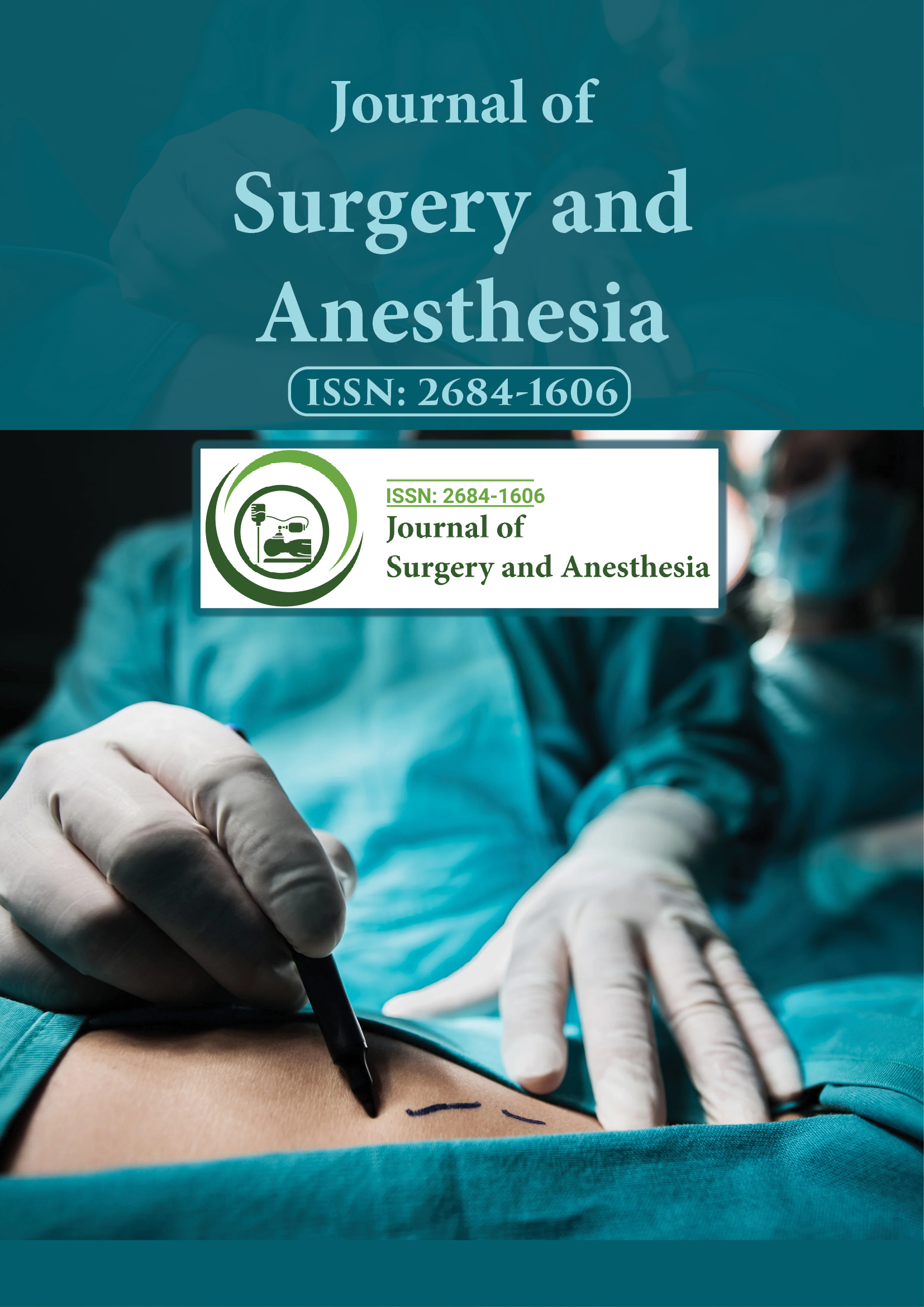Indexed In
- Google Scholar
Useful Links
Share This Page
Journal Flyer

Open Access Journals
- Agri and Aquaculture
- Biochemistry
- Bioinformatics & Systems Biology
- Business & Management
- Chemistry
- Clinical Sciences
- Engineering
- Food & Nutrition
- General Science
- Genetics & Molecular Biology
- Immunology & Microbiology
- Medical Sciences
- Neuroscience & Psychology
- Nursing & Health Care
- Pharmaceutical Sciences
Abstract
Laparoscopic Inguinal Hernia Repair and Mesh Infection: Does the Type of Mesh Used Matter?
Nigel Bascombe
Objective: Mesh infection post laparoscopic inguinal hernia repair is an uncommon complication. This increases patient morbidity and overall cost of a relatively low risk procedure. In this article, we sought to highlight the possible relationship between mesh infection and the biological nature of the mesh.
Methods: Data of laparoscopic inguinal hernia repair was collected retrospectively from two separate private institutions, which were performed over a 5-year period. All information collected, including type of mesh used and arising complications, were documented on a computerized database.
Results: Over the period of January 2011 and December 2015, a total of 81 elective laparoscopic inguinal hernia repairs were performed-59 from institution A and 22 from institution B. All repairs were performed by the same surgeon, using the Trans abdominal pre-peritoneal (TAPP) approach. Twelve repairs demonstrated evidence of mesh infection during this time frame, six (6) from each institution. Of these 12 cases, all underwent laparoscopic removal of the infected mesh, except one. All removed mesh was made of a polyester material.
Conclusion: The associated advantages of using mesh to repair inguinal hernias are numerous and it is a great asset in modern day surgery. The choice of the “right” mesh to use should depend on surgeon experience, personal outcome and of course, evidence-based.
